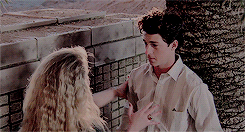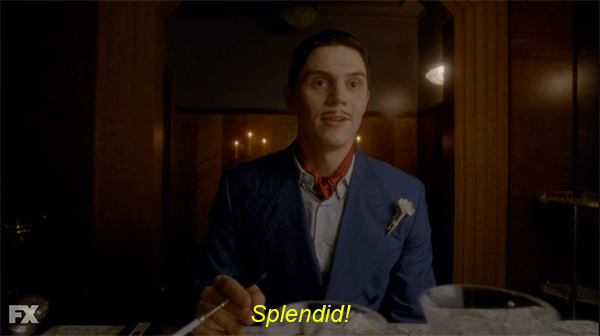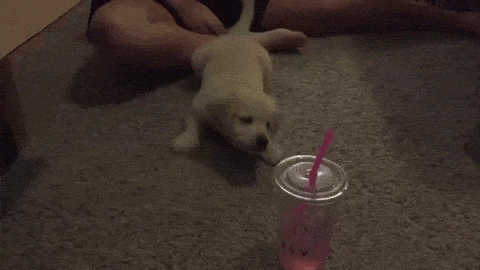"We cannot change anything until we accept it. Condemnation does not liberate, it oppresses."
- Carl Jung
This week, while I did do a lot of writing and editing, I also worked on my presentation. For those of you who do not know, in May (the 6th to be exact), those of us who are doing Senior Research Projects will have to do a presentation. A draft of our presentations were due to our faculty advisors (Mr. Campbell in my case) this Thursday.
"The truth that many people never understand, until it is too late, is that the more you try to avoid suffering the more you suffer because smaller and more insignificant things begin to torture you in proportion to your fear of being hurt."
- Thomas Merton
The presentations aren't too complicated, mainly explaining what we did throughout our internships and how we learned more about a topic which we are not only passionate about, but which is also important. We show our understanding of the topic we chose by telling a bit of the background and identify some possible sources of error. We find an answer for our research question.
"The only way out is through."
- Robert Frost
If in a couple of years any of you decide to do a Senior Research Project, here are some tips:
-make sure your project is something you are truly interested in
-make sure your internship site is somewhere you will enjoy working
-make sure to not procrastinate writing your blog posts/comments and your PowerPoint
-make sure you have a clear idea of what your research question is before you start working on your presentation
-make sure you have an idea of what your "final product" will be before your presentation
-I have found that some of my classmates found this to be particularly difficult; my final product will be a physical copy of my systematic review
"You can't stop the waves, but you can learn to surf."
- Joseph Goldstein

If I learned one thing from this project it is that one should strive to live for themselves. Don't focus on the negatives in life, don't fight them and don't ignore them. Instead, accept them and continue to chase your dreams. To put it more concisely:
"To accept that pain is inherent and to live our lives from this understanding is to create the causes and conditions for happiness."
- Suzuki Roshi
Also, as the Senior Projects are coming to a close, I would like to say a couple thanks:
Thank you Patherica, you have been so helpful these past weeks. Without your help, I would have gotten lost writing this paper and not found my way back out. I can only hope to be as kind, patient, and intelligent as you some day.
Thank you Dr. Geda for giving me this wonderful opportunity. Writing this systematic review has taught me so much about psychotherapy. This internship has given me a glimpse at what I will learn in college. I am incredibly excited and motivated to learn everything I can about the colossal field known as Psychology.
Thank you Mr. Campbell for reviewing my PowerPoint and helping me develop those early ideas for my SRP. You helped me create my project proposal and saved it from making sense to only me. Your guidance has been so wonderful.
Thank you Ms. Conner and Ms. Mitrovich, your weekly emails have kept me on track. I know I sent my timesheet in late more than a couple times so I hope I wasn't too much of a nuisance. The two of you have gone above and beyond to keep us absentminded seniors on track. Also, thanks for the pizza...it was delicious :P.
Thank you to my followers (Kayvon, Frida, Gillian, Sruthi, Ritika, Kailee, Dylan, Bella, Dhanya, Nash, Layla, and Josh). Your comments have brought a smile to my face and kept me going every week. I hope you enjoyed sharing this journey with me just as much as I did.
"When you change the way you look at things, the things you look at change."
- Wayne Dyer
P.S. I seem to be running out of places to put quotes
"It's not the load that breaks you down, it's the way you carry it."
- Lena Horne
P.P.S. No, the quotes and gifs are not connected
“Do one thing every day that scares you.”
- Eleanor Roosevelt








